How to Fish HDMI Cables Through Walls
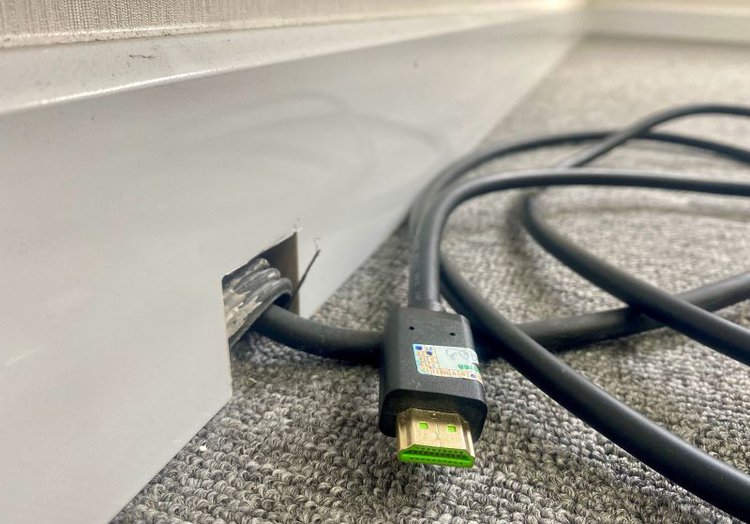
What To Know
- Essential tools for running HDMI cables through a wall include a stud finder, wall plates, gang wall boxes, a laser level or chalk line, HDMI cables, fish tape, a drywall hand saw, and basic tools like a marker and screwdrivers.
- Carefully locate the studs in the wall and plan the placement of gang wall boxes, avoiding any areas with dense wiring or pipes, and use protective gear during the cutting process.
- Run the HDMI cable through the wall using fish tape, ensuring the cables are damage-free and wall-rated for safety, then secure them with wall plates and gang wall boxes.
In this article, I’ll guide you through the process of running HDMI cables through a wall for a clean and organized home entertainment setup.
Let’s dive in and make your living space both functional and aesthetically pleasing!
Quick Navigation
How to Run an HDMI Cable Through a Wall?
What Materials Do You Need to Run an HDMI Cable Through a Wall?
Before we dive into how to run an HDMI cable through a wall, let’s first take a look at the materials and tools you’ll need:
- A stud finder
- 2 wall plates
- 2 gang wall boxes
- Laser level or chalk line
- HDMI cables
- Fish tape
- Drywall hand saw
- A set of spade bits from 1/4'' to 1-1/2''
- A marker
- Electrical tape
- Screwdrivers
- Safety goggles
- Work gloves
- Dust masks
Step 1: Find Your House Plans
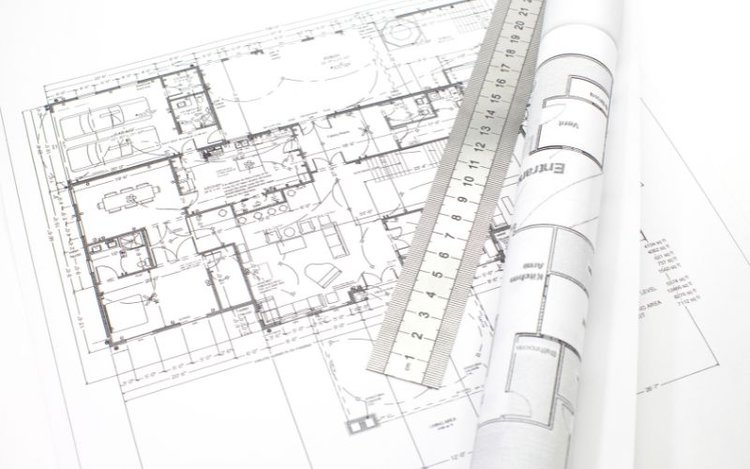
If your house plans aren’t available, you can skip this step.
However, if you do have your house plans, take a look at them to see the structure and wiring of your house. Use these plans to decide which wall you’ll run the HDMI cable through.
Be sure to avoid drilling or cutting into any areas that have dense wiring or piping since you may accidentally damage them. Electrical wires may also interfere with the HDMI signal.
Also, avoid cutting into any weight-bearing areas as this may weaken the structure of your house.
Step 2: Locate the Studs
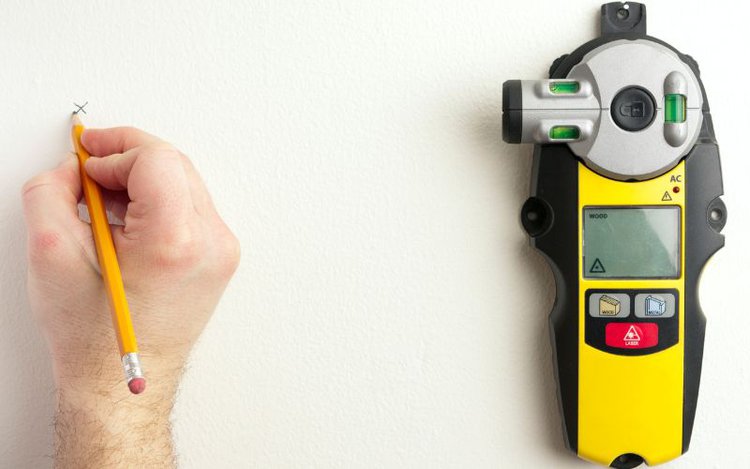
Once you’ve decided on the location, take your stud finder and use it on the wall in question.
With the stud finder, take note of the distance between studs. You can use a pencil for this.
Also, take note of any readings that are different from a plain bit of wall. These abnormal readings may indicate pipes or wires that you’ll want to avoid.
Step 3: Decide on the Locations of the Gang Wall Boxes
Once you know where all of the studs and other obstructions are located, it’s time to decide where you’ll place the gang wall boxes.
This will greatly depend on your setup.
But in general, if you have a TV mounted on your wall, you should have one gang wall box by the baseboard and another by the wall mount bracket.
Step 4: Cut into Your Wall
Now it’s time to get your hands dirty!
But before you start, remember to always wear protective equipment.
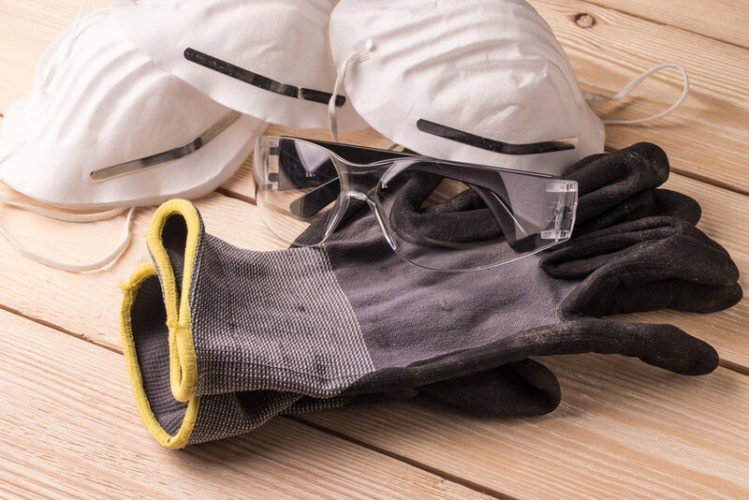
These include safety goggles, work gloves, and a dust mask, at the very least. You will be working with power tools, which can create a lot of dust – in addition to the dust that usually settles behind walls.
Once you’ve put on your protective equipment, take the gang wall boxes and trace their shapes on the wall with a marker.
Try to keep the outlines as level as possible, as well as in line with each other. Here, you can draw a chalk line or use a laser level.
Once you have the two boxes marked on the wall, use your drywall hand saw to cut out the holes.
Step 5: Fit the Gang Wall Boxes
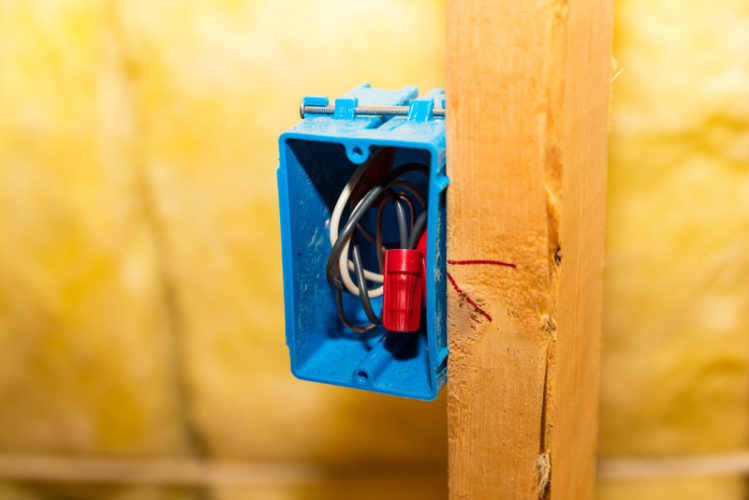
Next, take your gang wall boxes and fit them into the holes you just cut into your wall.
If they don’t fit on the first try, you may need to cut out more of the wall with the drywall hand saw.
If you do need to cut a bigger hole, be sure to do it gradually. It’s easier to cut a bigger hole than fill up empty space.
Step 6: Test Your Cables
Before you run your HDMI cables through the wall, you’ll want to inspect them for any damage.
For your own safety, you do NOT want to use any HDMI cables that are frayed or damaged in any way. The lack of insulation may become dangerous, especially if the HDMI cable is placed near an electrical wire.
To save time and effort, be sure to test your HDMI cables to make sure they’re working before you run them through the wall.
Finally, to make sure your setup is as safe as possible, double-check that your HDMI is wall-rated. It should be stamped with “CL2” or “CL3.”
Step 7: Run Your HDMI Cable
Now it’s time to run your HDMI cable through the wall! You can run one cable or a whole bundle if you have many video devices.
If you’re using optical HDMI cables, first locate the input and output ends.
Take your fish tape and hang it from the upper gang wall box until it reaches the lower gang wall box.
Attach the cable/s to the fish tape. If you’re running several cables, make sure they’re bundled nice and tight so they won’t snag on anything inside the wall.
Pull the fish tape up until the cable/s are pulled through the upper gang wall box.
With a screwdriver, tighten the bolts on the gang wall boxes.
Take the wall plates and pull each end of the cable/s through the upper and lower wall plates.
To attach the wall plates to the gang wall boxes, tighten the screws. Et voila! You’re done!
How Do You Avoid Electromagnetic Interference (EMI)?
To avoid electromagnetic interference (EMI), be sure to keep your HDMI cables away from lighting fixtures, which tend to produce EMI.
Also, ensure cables have high-quality insulation, which will keep out EMI.
Finally, when running the HDMI cable through your wall, be sure to keep it away from electrical lines. The ideal distance is six inches, but if both wires are well insulated, the minimum distance can be one inch.
What Are the Dangers of Running an HDMI Cable Through a Wall?
Running an HDMI cable through a wall is safe if you follow the appropriate safety precautions.
HDMI cables are low-voltage, which means it’s not very dangerous if you put them in small, enclosed, and flammable areas like behind a wooden wall.
The only way this can be dangerous is if there is uninsulated contact between the HDMI cable and an electrical wire. If the contact is volatile enough, this could cause a fire.
To avoid this, make sure you choose well-insulated cables and maintain a distance of one to six inches between the HDMI cable and any electrical wires.
Meet Vance. He’s a proud dad, a seasoned Electronics Engineer, and an avid tech lover. His proficiency in electronics and troubleshooting skills were instrumental in crafting Pointer Clicker. Vance is passionate about simplifying tech for those who aren’t well-versed in it.


Insulation won’t stop EMI. Shielded wire may be what was meant. EMI passes right through plastic.
Generally EMI won’t bother digital signals in any case. However HDMI could cause EMI to analog devices like radios. Best to avoid running lines parallel and near to sensitive signals for any length. Just consider the wires are like antennas for EMI.